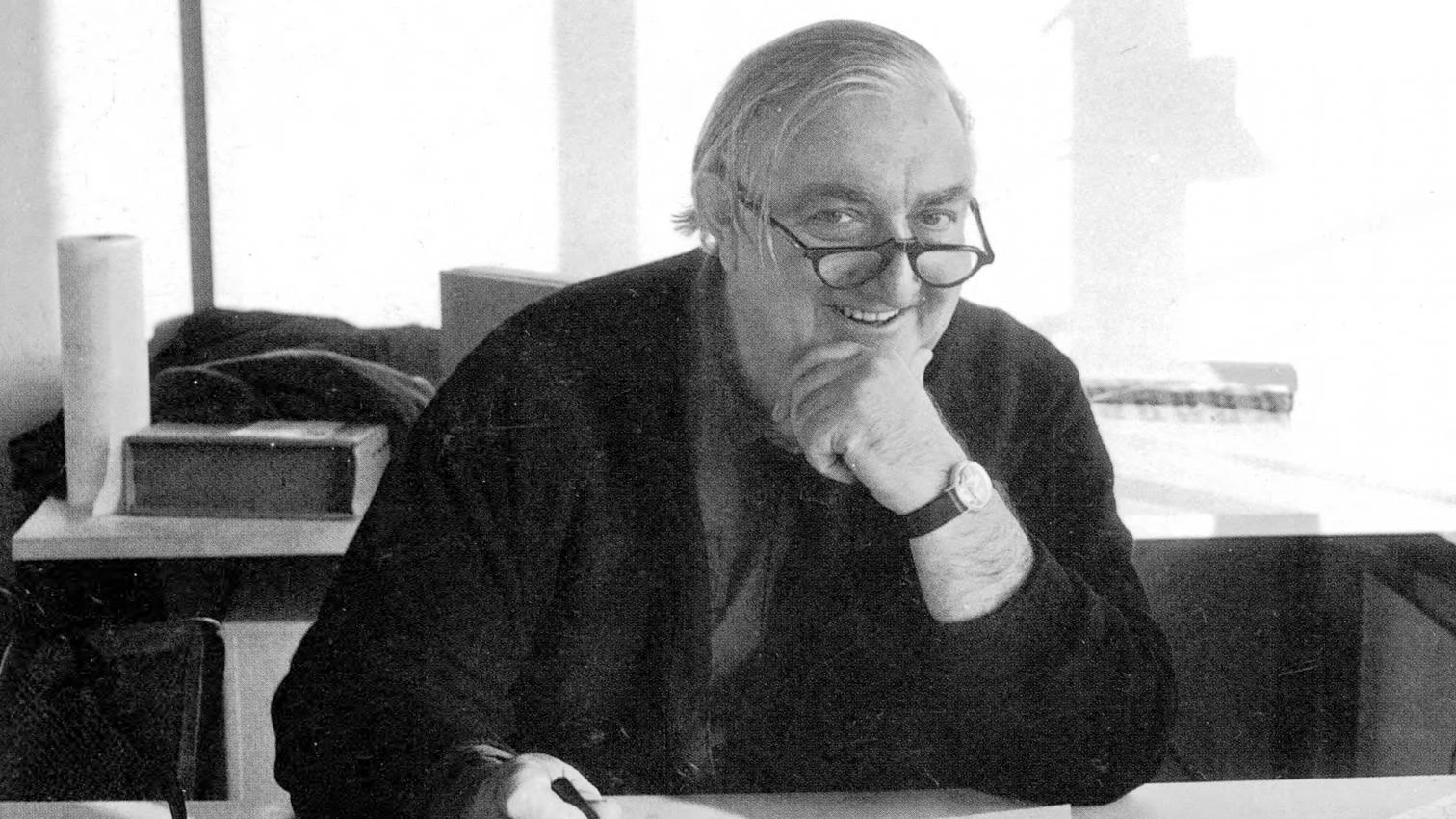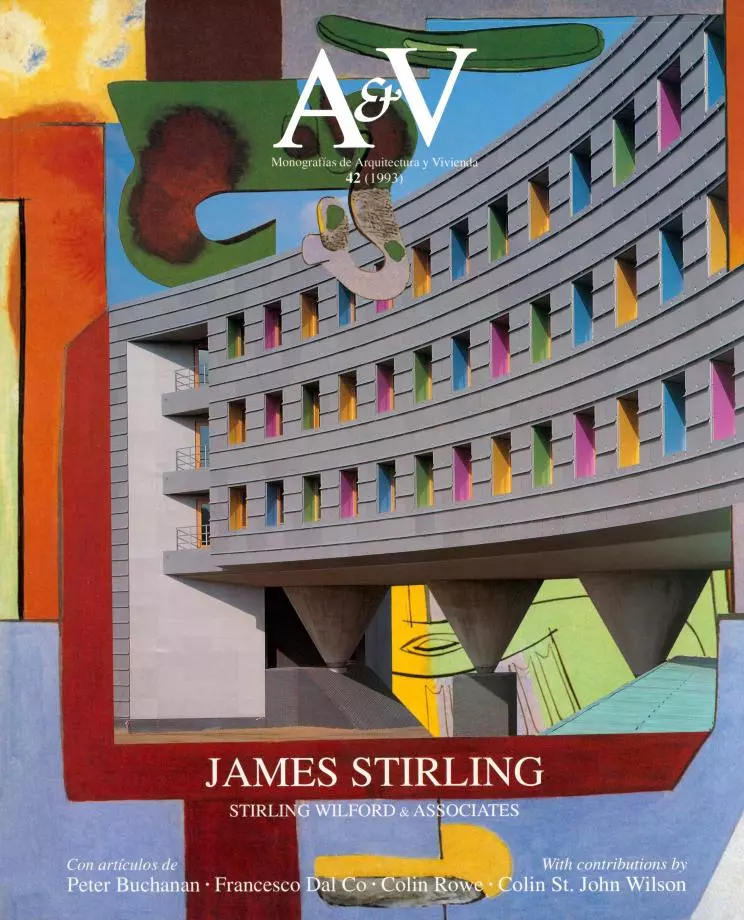A Virtuoso Talent
In Memory of James Stirling

James Stirling belonged to a generation whose mission it was to consolidate the accomplishments of the architectural avant-garde that had emerged in the Twenties, but at the same time to recover the initiative that the speculative boom of the Sixties had snatched from the professionals. Colin St. John Wilson focuses on the extraordinary personality of the British master - where irony blended with tenderness, erudition with playfulness, stubbornness with a contempt for risk - in order to analyze his career, which responded to this arduous task a hundredfold.
James Stirling was born in 1924 - a time when architecture plunged into the most profound revaluation in 500 years. It was a time epitomised by two events: in 1925 Le Corbusier built the Pavilion de L’Esprit Nouveau, and in 1927 Byvoet & Duiker completed the Zonnestraal Sanatorium in Hilversum. Almost at a stroke the twin poles of the Modernist adventure, Form and Function, were not merely initiated but also crowned then and there by instant and archetypal masterpieces. On the other hand a new language was forged, arguably the first since the invention of St. Denis, emerging replete with its own grammar and confident enough to claim the orthodoxy of a Canon: “the cunning and magnificent and correct play of volumes in light.” On the other hand, technological invention was placed at the service of the health and well-being of a working community (the Diamond Workers Union), whose criteria lay not in form but solar radiation, hygiene, economy of energy - a discipline of which it was said that “none of these things is a work of art”…[+]






